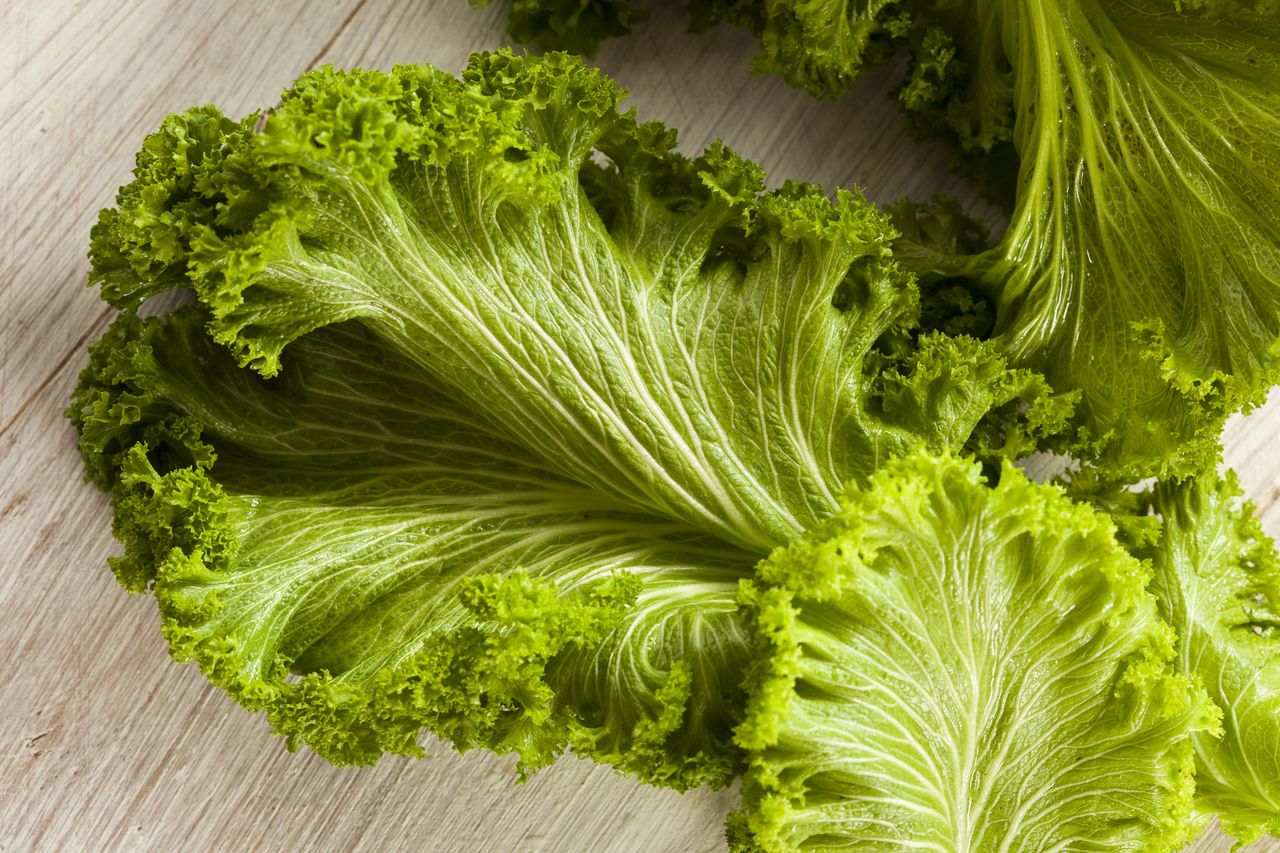

Articles
How To Store Mustard Greens
Modified: January 5, 2024
Learn the best way to store mustard greens to keep them fresh and flavorful. Discover useful tips and tricks in this informative articles.
(Many of the links in this article redirect to a specific reviewed product. Your purchase of these products through affiliate links helps to generate commission for Storables.com, at no extra cost. Learn more)
Introduction
Mustard greens are nutritious and delicious leafy greens that are commonly used in various cuisines around the world. They are packed with vitamins, minerals, and antioxidants, making them an excellent addition to a healthy diet. Whether you have a bountiful harvest of mustard greens from your garden or you’ve purchased a fresh bunch from the store, it’s essential to know how to store them properly to prolong their freshness and prevent spoilage.
Proper storage techniques not only help preserve the flavor and texture of mustard greens but also extend their shelf life, ensuring that you can enjoy them for longer periods. In this article, we will discuss various methods of storing mustard greens, including refrigeration, freezing, canning, and dehydrating. You’ll learn how to maintain the quality of these greens and have them readily available for use in your favorite recipes.
Before diving into the storage methods, let’s take a look at why it’s crucial to store mustard greens properly.
Key Takeaways:
- Properly storing mustard greens preserves their freshness, minimizes waste, and allows year-round access to their nutritional benefits. Refrigeration, freezing, canning, and dehydrating are effective methods for extending the shelf life of mustard greens.
- Harvest mustard greens when young, clean and dry them thoroughly, and choose from various storage methods like refrigeration, freezing, canning, or dehydrating to enjoy their flavor and nutritional benefits year-round.
Read more: How To Store Mustard
Why Store Mustard Greens?
Storing mustard greens properly is essential for several reasons. First and foremost, it helps retain their freshness and extends their shelf life. If you’ve grown mustard greens in your garden or bought them from a local market, you want to make sure they stay fresh and crisp for as long as possible.
By storing mustard greens correctly, you’ll also be able to minimize waste. If you have a surplus of mustard greens, proper storage techniques will allow you to enjoy them over an extended period rather than letting them go to waste. This not only saves you money but also reduces food waste, which is an important consideration for both environmental and economic reasons.
Furthermore, having stored mustard greens on hand means you can incorporate this nutritious vegetable into your meals year-round. Mustard greens are a versatile ingredient that can be used in a variety of dishes, from salads and stir-fries to soups and stews. By storing them properly, you’ll have access to their unique flavor and nutritional benefits whenever you need them.
Lastly, by learning how to store mustard greens, you can take advantage of seasonal availability. Mustard greens are typically harvested in the cooler months, and learning proper storage techniques allows you to enjoy them even when they’re not in season. This gives you the freedom to experiment with different recipes and flavors throughout the year.
Now that you understand the importance of proper storage, let’s dive into the different methods you can use to store mustard greens.
Harvesting Mustard Greens
Before storing mustard greens, it’s crucial to harvest them at the right time to ensure optimal freshness and flavor. Mustard greens can be harvested throughout their growing season, but the best time to pick them is when they are young and tender.
When harvesting mustard greens, look for vibrant green leaves that haven’t started to yellow or wilt. Gently grasp the base of the leaf and give it a gentle tug to detach it from the stem. You can harvest individual leaves as needed or cut the entire plant near the base.
For continuous harvest, you can pick the outer leaves of the plant, allowing the inner leaves to continue growing. This method is particularly useful if you want to enjoy mustard greens over an extended period.
It’s important to note that mustard greens can become tough and bitter if left to mature for too long, so it’s best to harvest them when they are young and tender. Aim to harvest mustard greens in the morning when the leaves are at their crispest and most flavorful.
Now that you have freshly harvested mustard greens, it’s time to prepare them for storage.
Preparing Mustard Greens for Storage
Properly preparing mustard greens before storage is essential to maintain their quality and freshness. Follow these steps to ensure that your mustard greens are ready for storage:
- Start by washing the mustard greens thoroughly. Remove any dirt, debris, or insects that may be clinging to the leaves.
- Fill a large bowl or clean sink with cold water. Submerge the mustard greens in the water and gently swish them around to loosen any remaining dirt.
- Remove the mustard greens from the water and rinse them under fresh running water to remove any residual dirt or cleaning solution.
- Pat dry the mustard greens using a clean kitchen towel or paper towels. Make sure to remove excess moisture as dampness can promote spoilage.
- Inspect the mustard greens for any damaged or wilted leaves. Remove these to prevent them from affecting the quality of the rest of the greens during storage.
- Trim any excessively long or thick stems from the leaves. While the stems are edible, they tend to be tougher in texture. Removing them can improve the overall texture of the cooked greens.
- Once the mustard greens are thoroughly cleaned and trimmed, you can choose to store them whole or chop them into smaller pieces, depending on your preference and intended use.
By following these preparation steps, you are ensuring that your mustard greens are clean, dry, and in the best condition for storage. Now, let’s explore the different methods you can use to store mustard greens.
Storing Mustard Greens in the Refrigerator
The refrigerator is the most common and convenient method of storing mustard greens, allowing you to keep them fresh and crisp for several days. Follow these steps to store mustard greens in the refrigerator:
- Wrap the cleaned and dried mustard greens in a slightly damp paper towel. The moisture from the towel helps maintain the greens’ hydration levels and prevents them from drying out.
- Place the wrapped mustard greens in a reusable plastic bag or airtight container. Make sure to squeeze out any excess air before sealing the bag or container. This helps prevent moisture loss and slows down the wilting process.
- Label the bag or container with the date to keep track of the freshness of the mustard greens.
- Store the mustard greens in the vegetable crisper drawer of your refrigerator. This drawer offers slightly higher humidity levels, which is ideal for leafy greens.
- Try to use the stored mustard greens within 3 to 5 days for optimal freshness and flavor.
Remember to avoid storing mustard greens near fruits or vegetables that produce ethylene gas, such as apples or bananas. Ethylene gas can accelerate the wilting process and spoilage of the greens.
Storing mustard greens in the refrigerator helps maintain their crispness and vibrant green color. They can then be used in salads, stir-fries, or sautés, or added as a nutritious component to your meals. However, if you have a surplus of mustard greens or want to extend their storage life further, freezing is an excellent option.
Store mustard greens in a plastic bag with a paper towel to absorb moisture, then place in the crisper drawer of the refrigerator. They should stay fresh for up to 5 days.
Read more: How Many Mustard Seeds To Make Mustard
Freezing Mustard Greens
Freezing mustard greens is a great way to preserve their freshness for an extended period. Here’s how you can freeze mustard greens:
- Start by blanching the mustard greens. Blanching helps preserve the color, texture, and nutrients of the greens while also killing any bacteria on the surface. Bring a large pot of water to a boil and prepare an ice bath by filling a large bowl with cold water and ice cubes.
- Submerge the mustard greens in the boiling water and blanch them for 2-3 minutes. This timing may vary slightly depending on the size and thickness of the leaves.
- After blanching, quickly transfer the mustard greens to the ice bath to halt the cooking process and cool them down rapidly.
- Once the greens are cool, drain them thoroughly and squeeze out any excess water. Removing excess moisture prevents ice crystals from forming and helps maintain the quality of the greens during freezing.
- Package the blanched and drained mustard greens in airtight freezer bags or freezer-safe containers. Squeeze out any excess air before sealing to minimize the risk of freezer burn.
- Label the bags or containers with the date and contents for easy identification.
- Place the mustard greens in the freezer, making sure they are arranged in a flat, single layer to allow for quicker freezing.
- Frozen mustard greens can be stored for up to 6 months in the freezer.
When you’re ready to use the frozen mustard greens, simply remove the desired portion from the freezer and add them directly to your recipe. There’s no need to thaw them beforehand. Frozen mustard greens are best used in cooked dishes such as soups, stews, or stir-fries, as the freezing process may affect their raw texture.
Freezing mustard greens allows you to have a ready-to-use supply of greens throughout the year and reduces waste by preserving any excess harvest. However, if you prefer a different method of preserving mustard greens, such as canning or dehydrating, there are options available as well.
Canning Mustard Greens
Canning mustard greens is an excellent way to preserve them for long-term storage while maintaining their flavor and texture. Here’s how you can can mustard greens:
- Start by harvesting and cleaning the mustard greens. Remove any damaged or wilted leaves and wash them thoroughly in cold water.
- Bring a large pot of water to a boil and blanch the mustard greens for about 3 minutes. Blanching helps preserve the greens’ color and texture while also reducing the risk of spoilage.
- While the mustard greens are blanching, prepare a canning jar and lid by washing them with warm, soapy water. Rinse them thoroughly before using.
- Remove the blanched mustard greens from the boiling water and transfer them immediately to a bowl of ice water to cool down and stop the cooking process.
- Once cooled, drain the mustard greens and pack them tightly into the prepared canning jar, leaving about an inch of headspace at the top.
- In a separate saucepan, bring water to a boil to make the canning brine. The brine consists of a mixture of water, vinegar, salt, and any desired seasoning or spices.
- Pour the hot canning brine into the jar, ensuring that the mustard greens are completely covered. Use a spatula or a wooden skewer to remove any air bubbles from the jar.
- Wipe the rim of the jar clean with a damp cloth and place the lid on top. Secure the lid tightly but not overly tight.
- Process the jar in a water bath canner for the recommended time based on your altitude and jar size. This ensures proper preservation and prevents the growth of harmful bacteria.
- After processing, carefully remove the jar from the canner and let it cool for several hours at room temperature. Check the seal by pressing the center of the lid. If it doesn’t move or make a popping sound, it is properly sealed.
- Store the canned mustard greens in a cool, dark place for up to one year. Once opened, refrigerate any unused portions and consume within a few days.
Canned mustard greens are versatile and can be used in various recipes like soups, stews, and side dishes. They offer a convenient and long-lasting option for enjoying mustard greens throughout the year.
If canning is not your preferred method, another option to consider is dehydrating mustard greens for future use.
Dehydrating Mustard Greens
Dehydrating mustard greens is a great way to preserve them while maintaining their nutritional value. Dehydrated mustard greens can be stored for an extended period and used in a variety of dishes. Here’s how you can dehydrate mustard greens:
- Start by harvesting and cleaning the mustard greens. Remove any damaged or wilted leaves and wash them thoroughly in cold water.
- Pat dry the mustard greens using a clean kitchen towel or paper towels to remove excess moisture.
- Preheat your dehydrator according to the manufacturer’s instructions.
- If desired, you can blanch the mustard greens by submerging them in boiling water for about 2-3 minutes. This step is optional, but blanching can help preserve the color and texture of the greens.
- Once blanched (or if skipping blanching), spread the mustard greens out in a single layer on the dehydrator trays. Make sure to leave space between the leaves for proper air circulation.
- Place the trays in the dehydrator and adjust the temperature to around 125°F (52°C).
- Allow the mustard greens to dehydrate for approximately 4-6 hours, or until they are crisp and brittle. The drying time may vary depending on the thickness of the leaves and the humidity levels.
- Check the greens periodically during the drying process to ensure they are drying evenly and not becoming overly crisp or burnt.
- Once properly dehydrated, remove the mustard greens from the dehydrator and let them cool completely.
- Store the dehydrated mustard greens in airtight containers or food storage bags. Make sure to label them with the date and contents.
- Keep the dehydrated mustard greens in a cool, dry place away from direct light and moisture.
When you’re ready to use the dehydrated mustard greens, rehydrate them by soaking them in water or adding them directly to soups, stews, or other cooked dishes. They will regain their texture and add a burst of flavor to your meals.
Dehydrated mustard greens are a versatile pantry staple that allows you to enjoy the taste and nutritional benefits of mustard greens throughout the year. Now that you have learned various methods of storing mustard greens, you can choose the one that best suits your needs and preferences.
Wrapping Up
Knowing how to store mustard greens properly allows you to enjoy their freshness and flavor for an extended period. Whether you choose to store them in the refrigerator, freeze them, can them, or dehydrate them, each method has its benefits and allows you to have mustard greens readily available for your culinary endeavors.
Remember to harvest the mustard greens at the right time, prepare them carefully, and follow the proper storage techniques to maintain their quality. By doing so, you can enjoy these nutritious leafy greens throughout the year and make the most of their culinary potential. Happy storing and cooking!
Wrapping Up
Knowing how to store mustard greens properly allows you to enjoy their freshness and flavor for an extended period. Whether you choose to store them in the refrigerator, freeze them, can them, or dehydrate them, each method has its benefits and allows you to have mustard greens readily available for your culinary endeavors.
Remember to harvest the mustard greens at the right time, prepare them carefully, and follow the proper storage techniques to maintain their quality. By doing so, you can enjoy these nutritious leafy greens throughout the year and make the most of their culinary potential. Happy storing and cooking!
To recap, here are some key points to remember:
- Harvest mustard greens when they are young and tender for the best flavor.
- Clean and dry the mustard greens thoroughly before storing them.
- In the refrigerator, wrap the greens in a slightly damp paper towel and store them in an airtight container.
- For long-term storage, consider freezing mustard greens after blanching them.
- Canning is another excellent option for preserving mustard greens, allowing you to enjoy them well beyond their growing season.
- If you prefer a pantry staple, dehydrate mustard greens to enjoy their taste and nutritional benefits throughout the year.
Experiment with different preservation methods to find the one that works best for you and suits your culinary preferences. With proper storage, you can savor the unique flavor and health benefits of mustard greens even when they are not in season. So take advantage of these tips and make the most of this versatile leafy green!
Frequently Asked Questions about How To Store Mustard Greens
Was this page helpful?
At Storables.com, we guarantee accurate and reliable information. Our content, validated by Expert Board Contributors, is crafted following stringent Editorial Policies. We're committed to providing you with well-researched, expert-backed insights for all your informational needs.
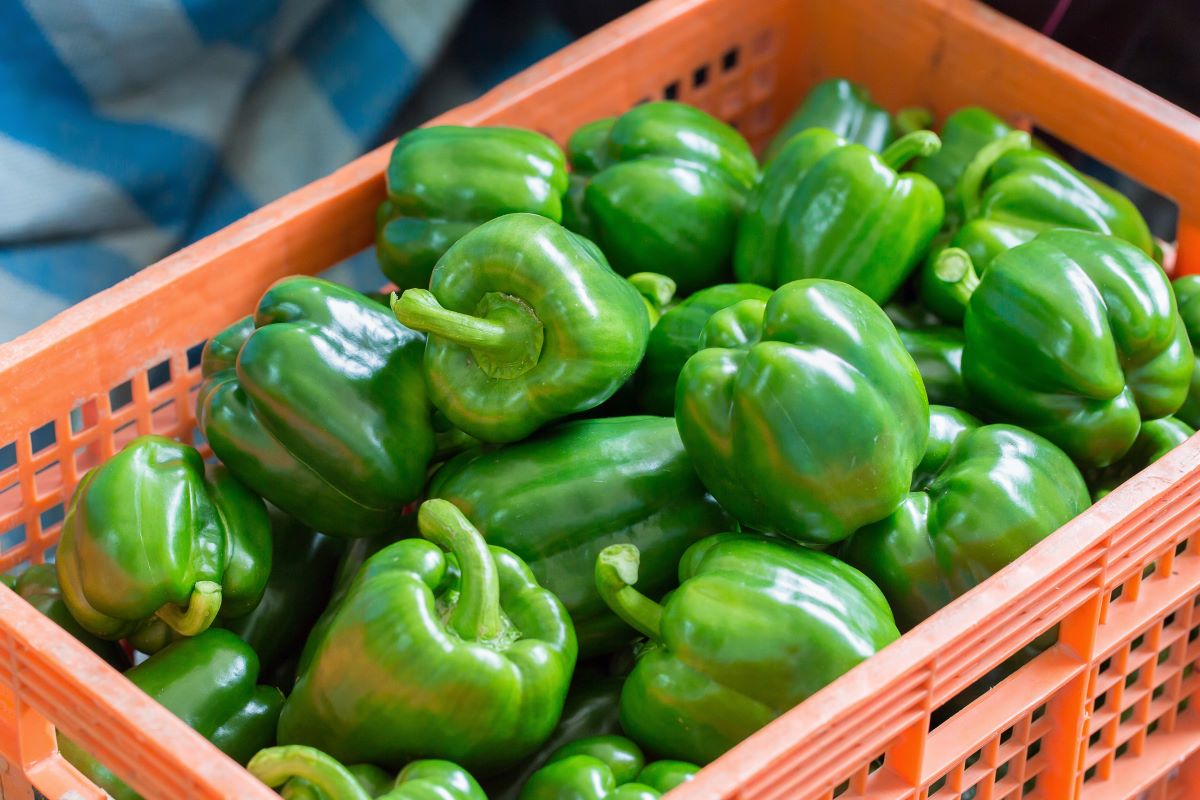
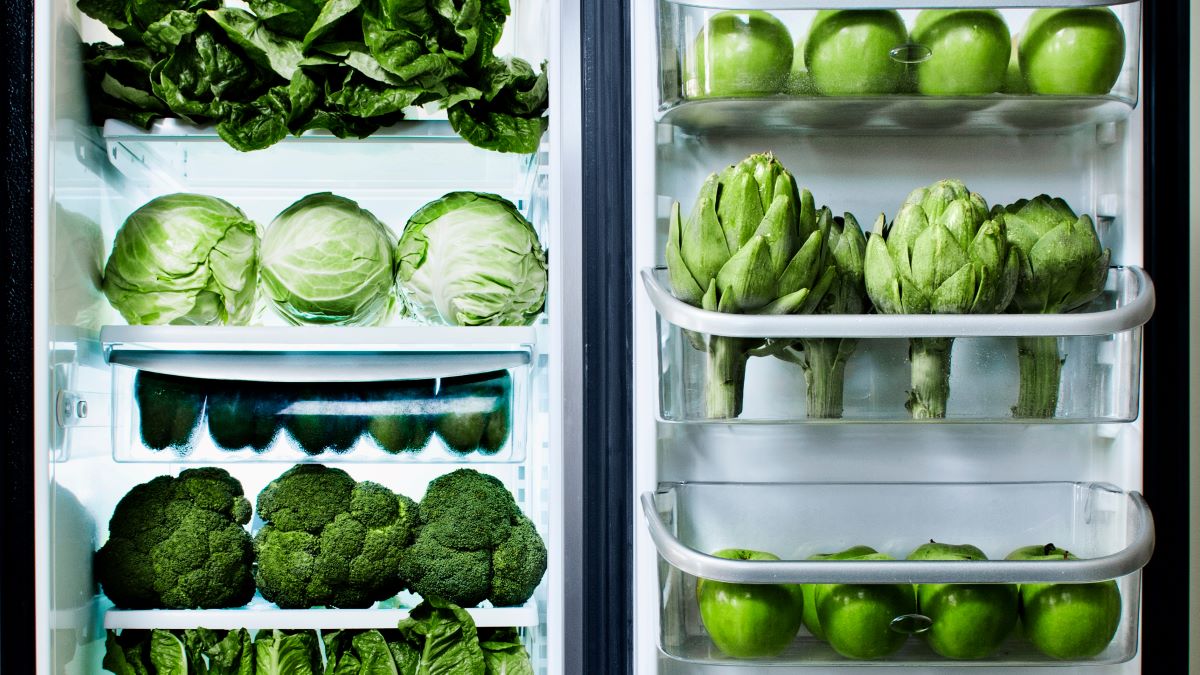
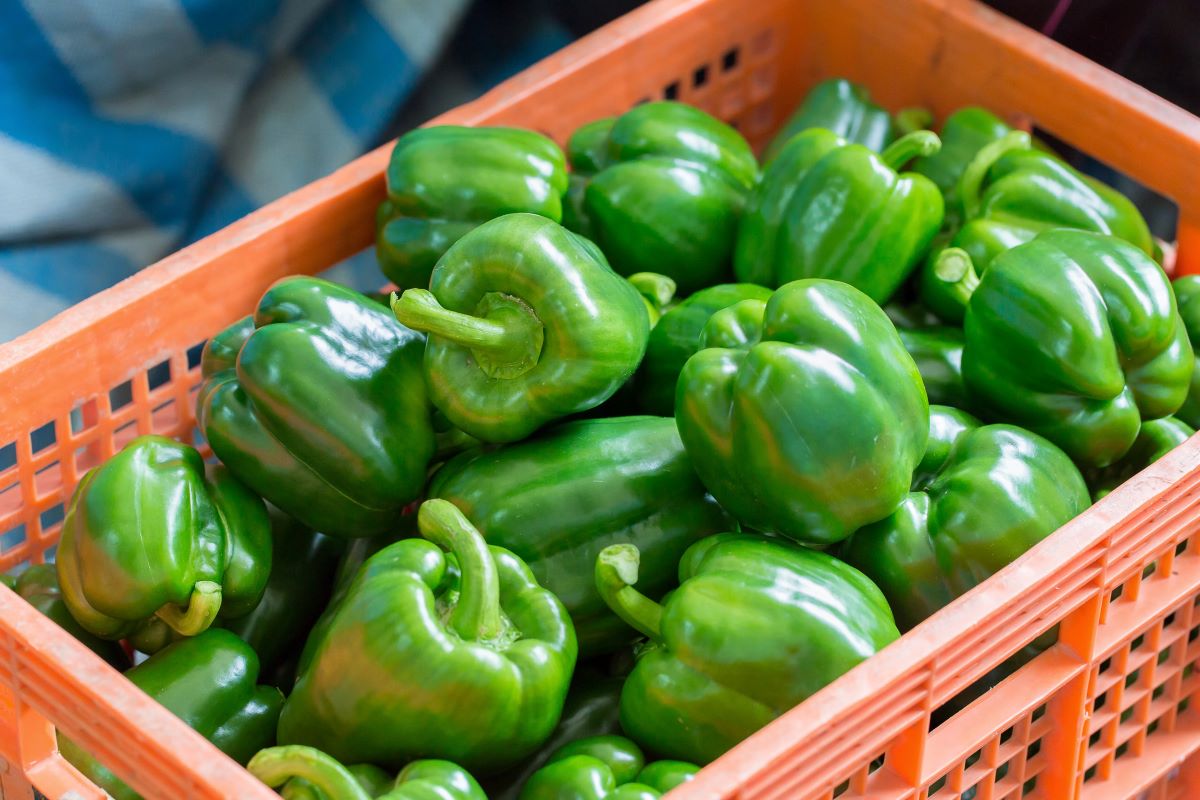
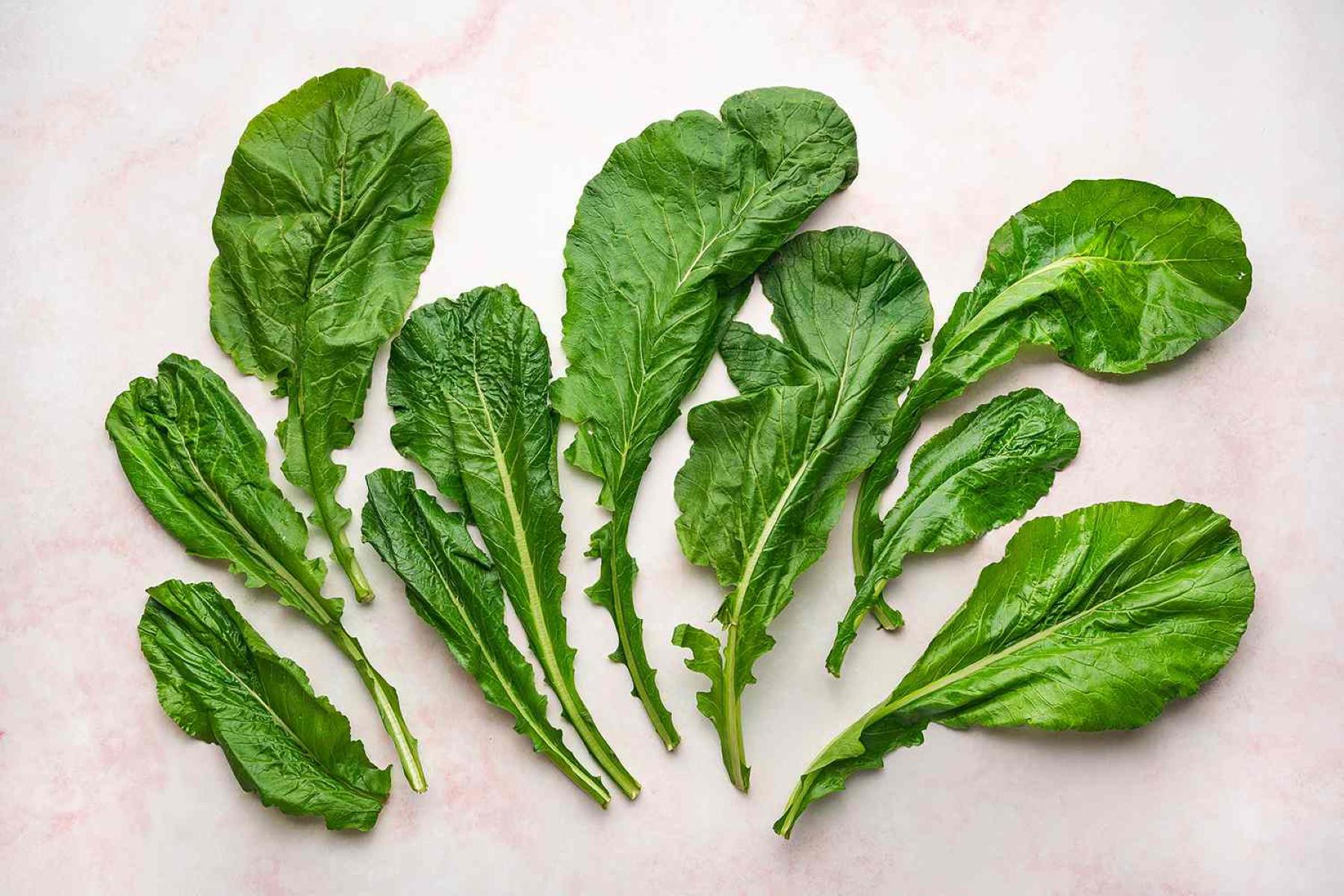
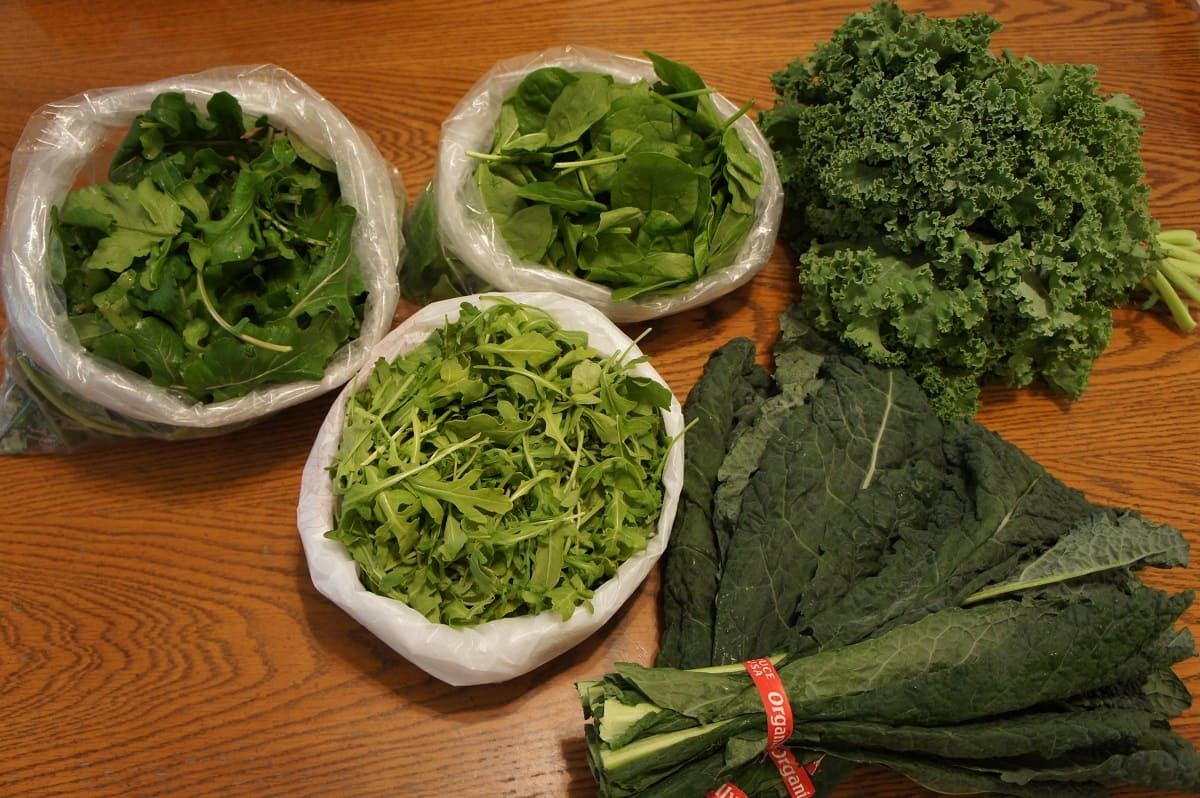
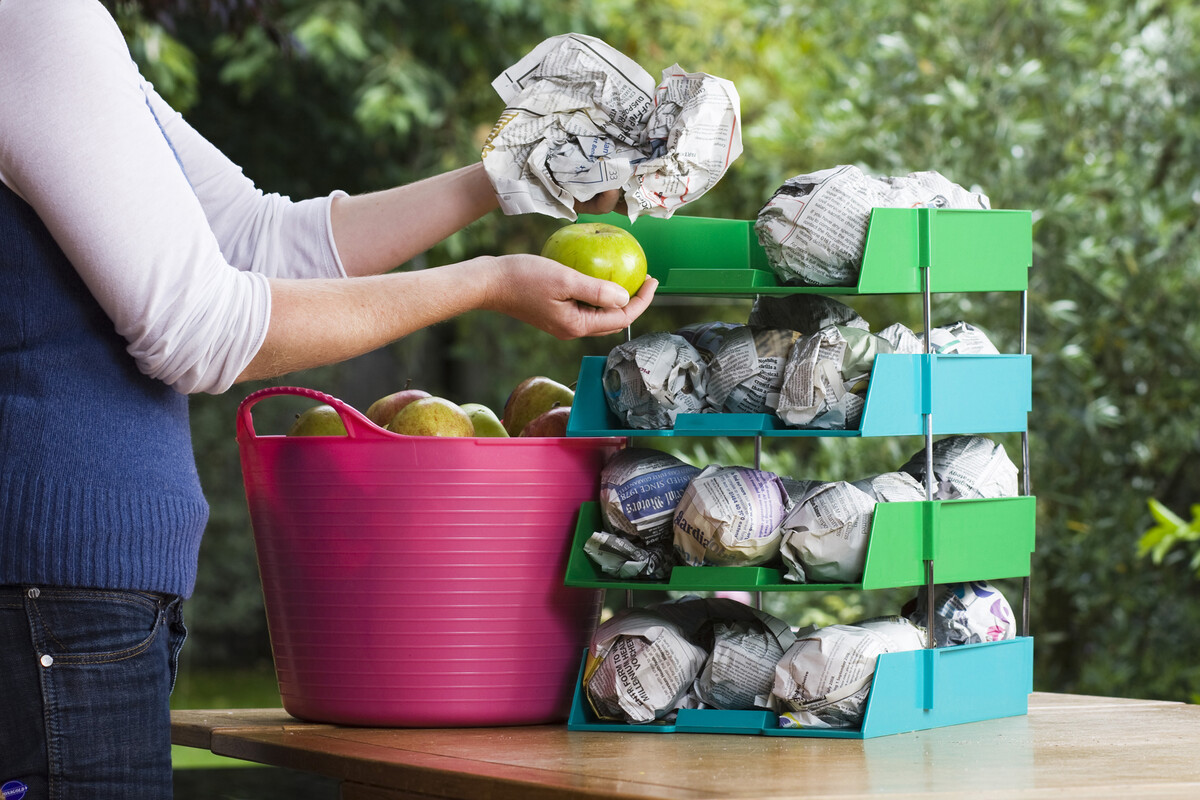
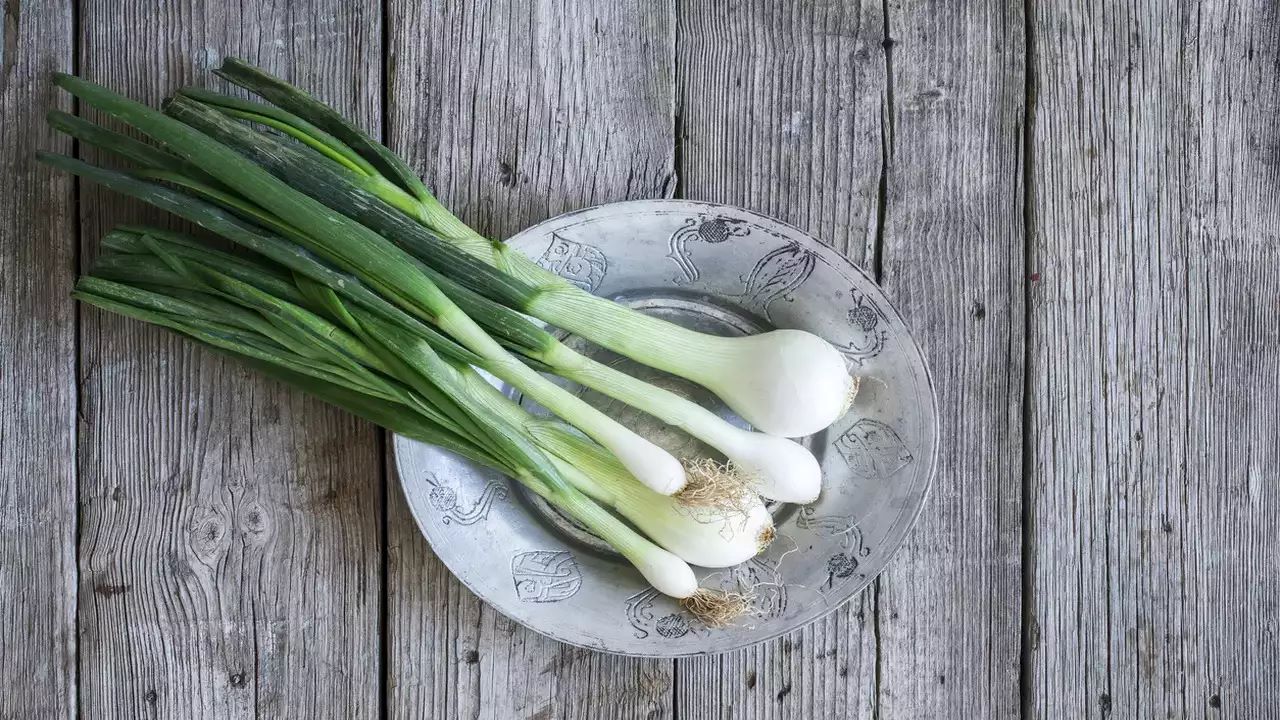
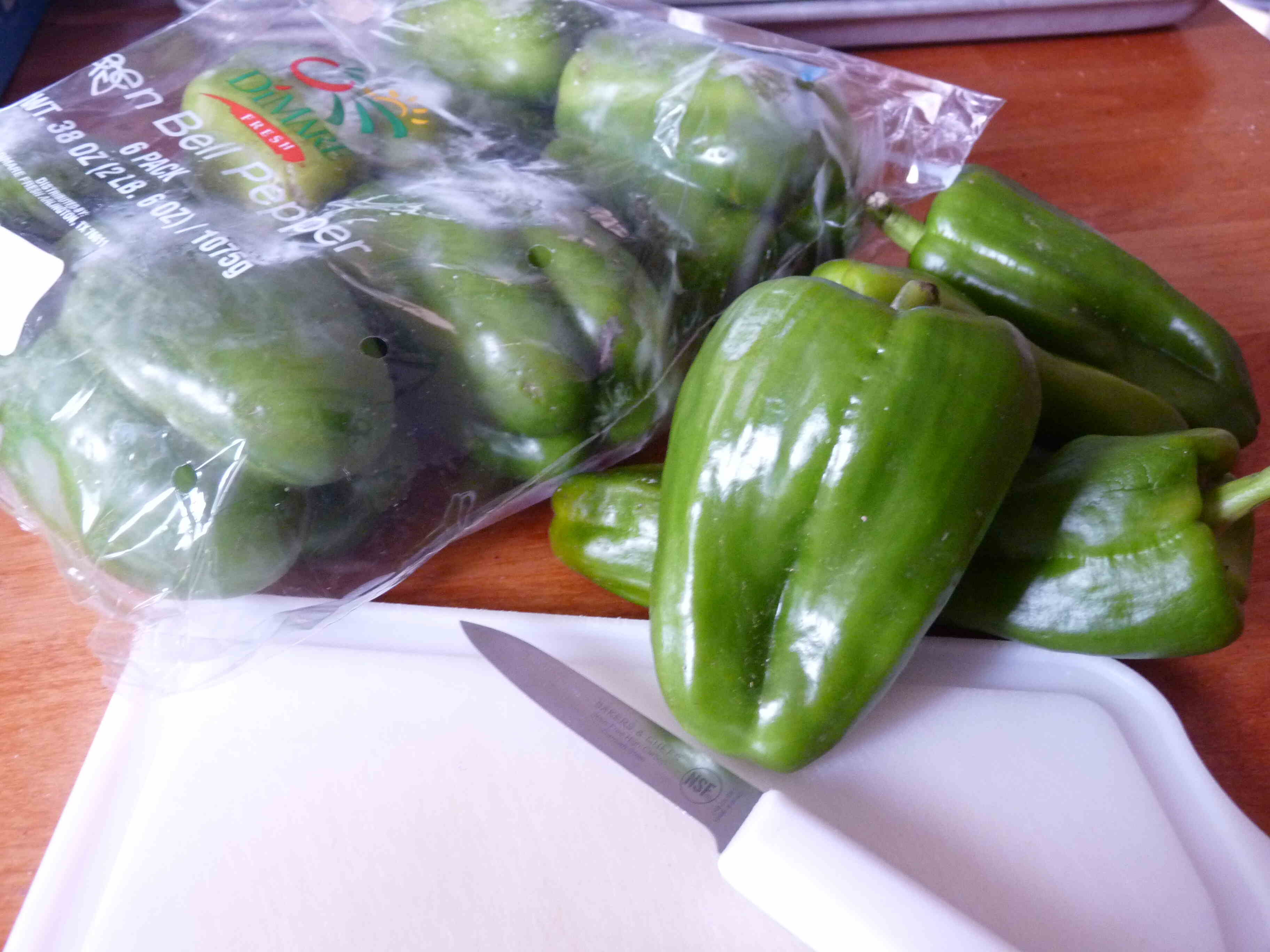
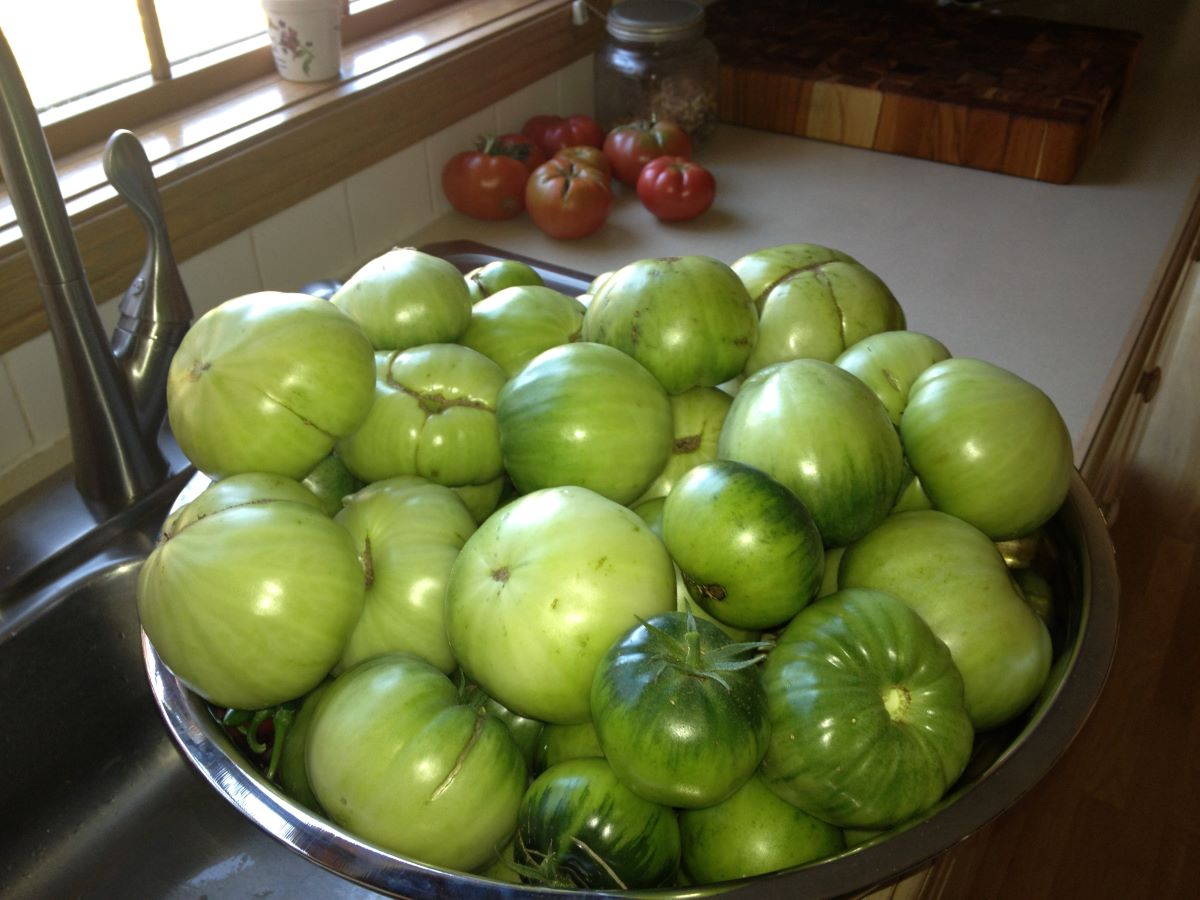
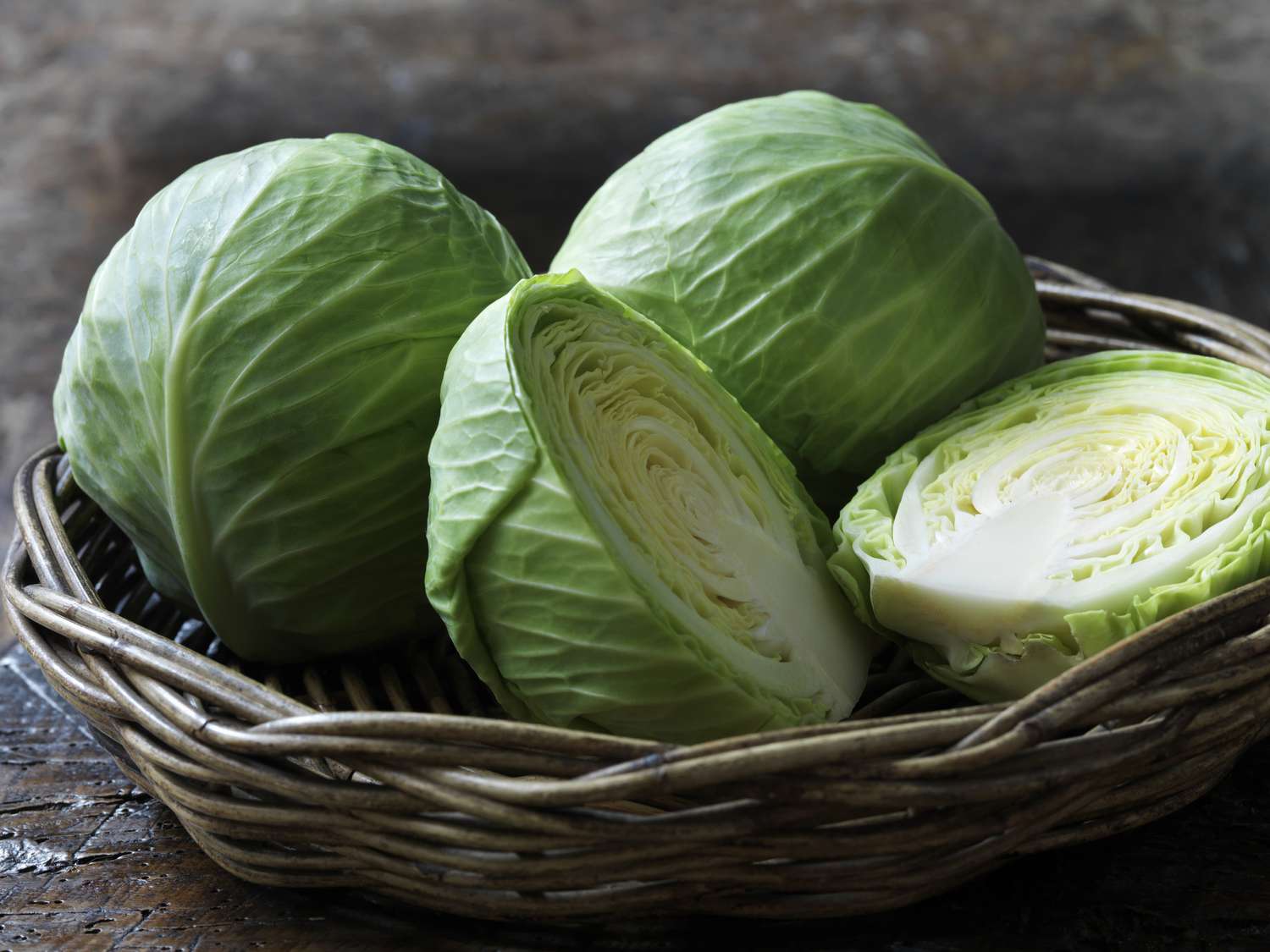
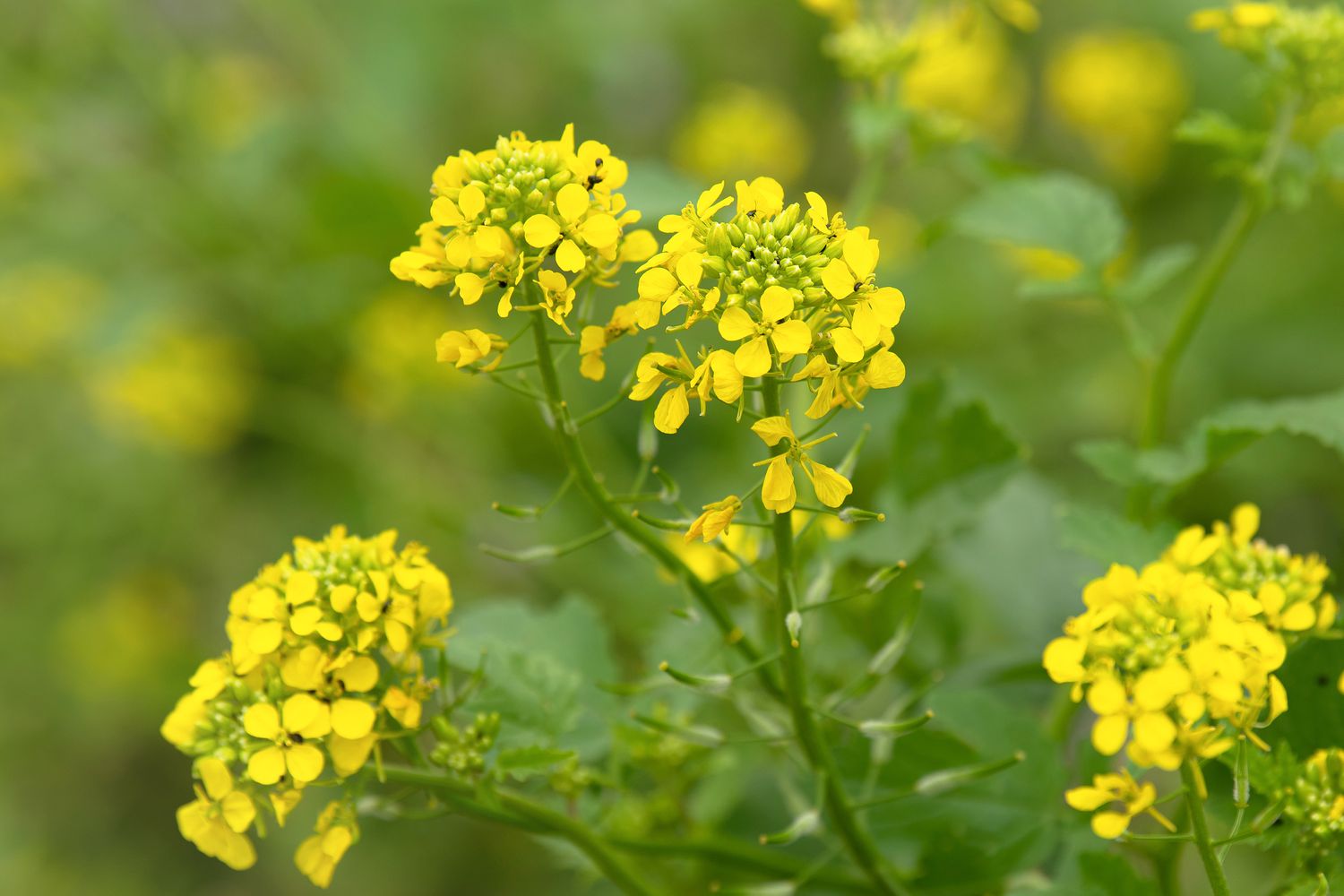

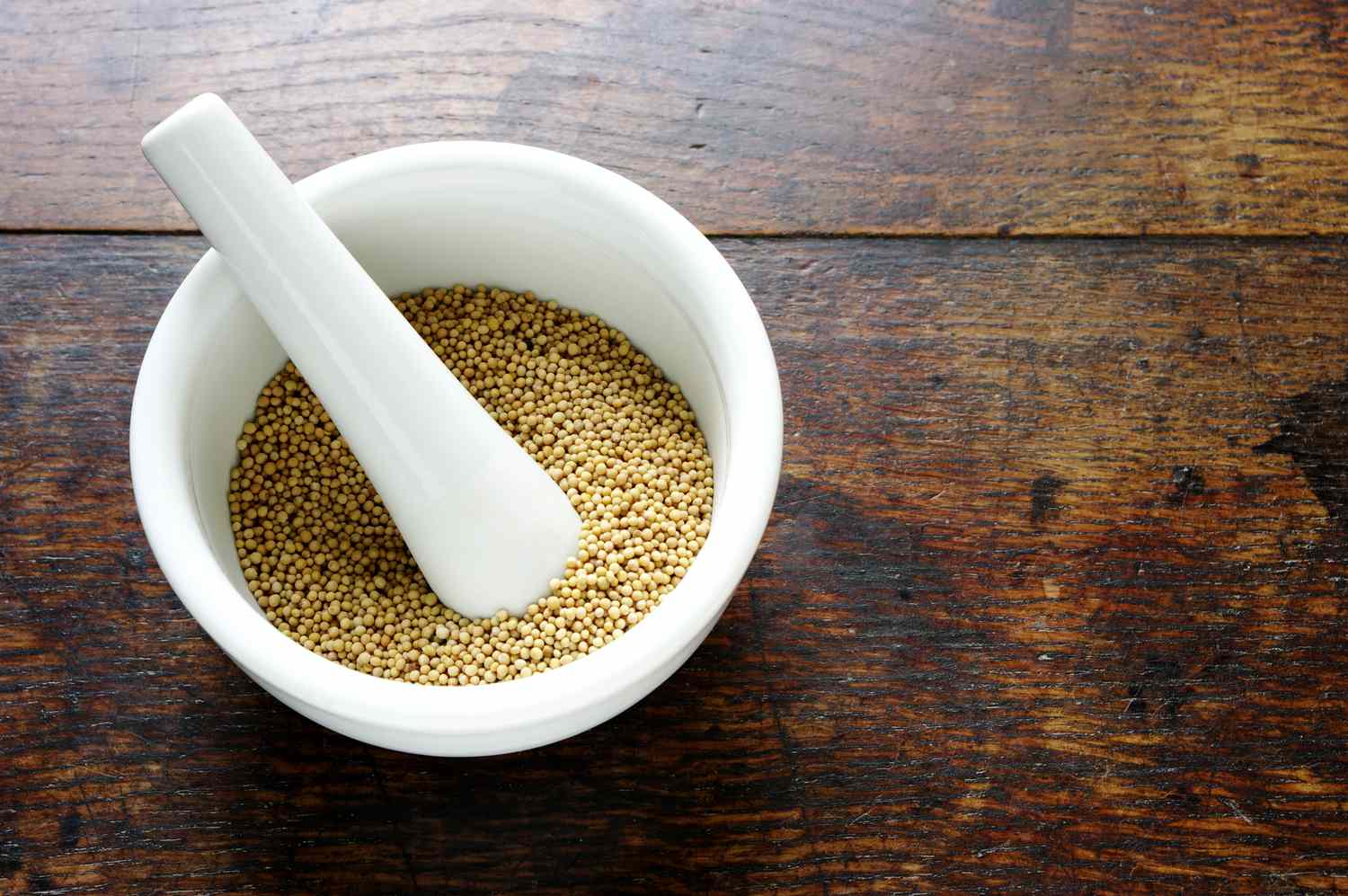

0 thoughts on “How To Store Mustard Greens”